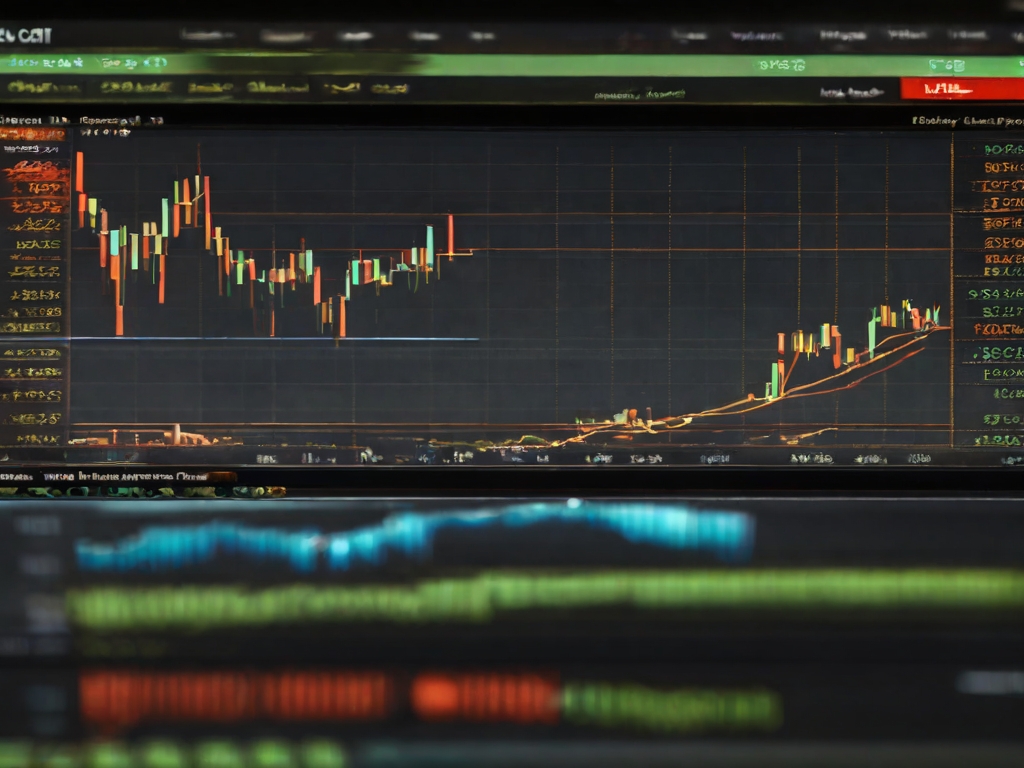
Introduction:
In the realm of stock evaluation, in which metrics and ratios reign best, one parent sticks out for its comprehensive insight into a agency’s boom ability: the PEG ratio. Abbreviated from Price/Earnings to Growth ratio, the PEG ratio encapsulates no longer best the present valuation of a inventory but also its destiny earnings increase prospects. In this widespread exploration, we delve into the significance, calculation, interpretation, and obstacles of the PEG ratio in guiding investors towards informed choices.

Understanding the PEG Ratio:
The PEG ratio serves as a essential device for traders searching for to gauge the price of a stock relative to its income growth. It combines two essential metrics: the price-to-income (P/E) ratio and the predicted profits boom charge. By dividing the P/E ratio through the projected growth rate, traders reap a clearer photograph of whether or not a inventory is hyped up, undervalued, or fairly valued with regards to its boom capacity.

Calculation of the PEG Ratio:
The formula for calculating the PEG ratio is straightforward:
PEG Ratio = P/E Ratio / Annual EPS Growth Rate
The P/E ratio is obtained by using dividing the modern-day marketplace rate of a inventory by its income consistent with proportion (EPS). Meanwhile, the once a year EPS increase fee is commonly derived from analysts’ estimates or historical information. By dividing the P/E ratio via the predicted increase rate, investors gain insights into how a whole lot they’re purchasing destiny earnings increase.

Importance of the PEG Ratio in Stock Analysis:
Identifying Undervalued Stocks: A PEG ratio beneath 1 suggests that the inventory can be undervalued, indicating that traders are paying less for every unit of income growth. This presents an opportunity for traders to capitalize on ability price appreciation because the market adjusts to reflect the business enterprise’s increase prospects.
Assessing Growth Potential: Unlike the P/E ratio, which only considers modern-day earnings, the PEG ratio includes future profits growth. Thus, it presents a more holistic view of a corporation’s valuation by means of factoring in its growth trajectory. Companies with excessive increase rates relative to their P/E ratios can also present appealing funding possibilities.
Comparing Companies Across Industries: The PEG ratio enables traders to compare companies operating in one of a kind sectors greater correctly. Since industries range in terms of boom prices and risk profiles, comparing P/E ratios on my own won’t provide an accurate assessment. By considering the PEG ratio, investors can normalize the valuation metrics and make extra informed investment choices.
Risk Mitigation: Investing in high-increase stocks with exorbitant P/E ratios can be risky, as lofty expectations may additionally fail to materialize, main to sharp rate corrections. The PEG ratio helps traders gauge whether a enterprise’s boom potentialities justify its contemporary valuation, thereby decreasing the chance of overpaying for destiny income.

Interpreting the PEG Ratio:
While the PEG ratio gives treasured insights, it’s miles critical to interpret it in conjunction with other monetary metrics and qualitative elements. Here are some key concerns:
Context Matters: A PEG ratio of zero.Five might also appear appealing, but if the enterprise common is 0.Three, it can indicate that the stock is tremendously puffed up within its zone.
Earnings Growth Consistency: Consistent and sustainable income increase is essential for justifying a low PEG ratio. Companies experiencing erratic or declining increase might not warrant a low valuation a couple of, no matter a apparently attractive PEG ratio.
Market Conditions: Market conditions and investor sentiment can influence the translation of the PEG ratio. During periods of exuberance, buyers can be willing to pay a premium for increase, main to multiplied PEG ratios across the board.

Limitations of the PEG Ratio:
While the PEG ratio affords precious insights into a business enterprise’s valuation, it isn’t always with out its obstacles:
Reliance on Estimates: The accuracy of the PEG ratio hinges at the reliability of earnings increase estimates. Overly optimistic or pessimistic projections can skew the ratio, leading to misinterpretation.
Limited Historical Data: Historical EPS boom charges may not accurately mirror future growth capability, especially for organizations undergoing full-size structural modifications or operating in risky industries.
Ignores External Factors: The PEG ratio does now not account for external elements which includes macroeconomic developments, regulatory modifications, or aggressive pressures, that may extensively impact a organisation’s earnings growth potentialities.

Conclusion:
In end, the PEG ratio serves as a precious device for traders seeking to evaluate the connection among a inventory’s valuation and its earnings boom ability. By incorporating each present valuation and destiny boom expectancies, the PEG ratio gives a greater nuanced attitude than traditional valuation metrics on my own. However, traders must exercise caution and consider the limitations of the PEG ratio, the usage of it as a part of a complete evaluation alongside other financial signs and qualitative factors. Ultimately, a holistic approach to stock analysis, informed by means of diligent studies and sound judgment, is crucial for successful investing in trendy dynamic markets.
